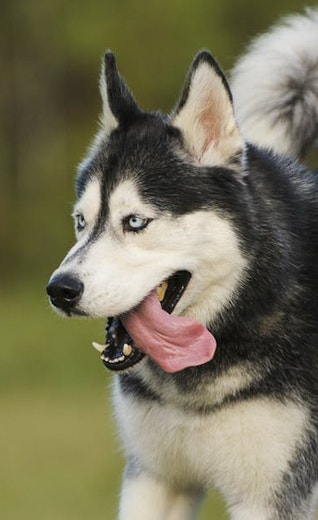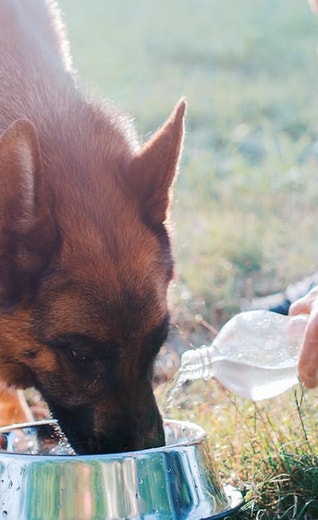
How Much To Exercise Your New Puppy
Helping a puppy develop into a strong, adventure-ready adult dog is a fun process that takes time. A puppy’s abundant energy can easily make an owner think a pup needs a lot of exercise. However, it's important to take your time when bringing along a puppy. Watch his rate of development, and if you have any doubt concerning exercise then err on the side of caution. Here are some things to think about when determining how much to exercise your new puppy.
TWO-TO-SIX MONTHS
Let puppies be puppies, and that means let them have fun and learn about the world. A puppy’s brain and nervous system is almost fully developed at 16 weeks, so that time is best spent teaching him new skills.1 His body will be nearly fully developed around a year (15-24 months for large or giant breeds), and that’s the time for more physical exercise. For now, let puppies run around the yard. Keep socializing run times short, regular, and less intense. There are other things to work on besides pushing puppies physically in the two-to-six-month timeframe. Those include basic commands like come, sit, stay, heel and kennel. Introduce them to lots of people, the environment, vet visits, basic grooming, and all of the situations they’ll encounter during their lives. There is plenty to do, so save the more aggressive physical exercise for when their bodies are ready.
SIX-TO-EIGHT MONTHS
This age is a great time to connect with your pup in a natural environment and to establish a working bond. Teach him about the activities he’ll do when he’s older. Introduce him to trail running terrains, hiking trails, the water, and anywhere else where he will go with you. It’s also a good time to teach your pup that there is more to an activity than simply running fast. Puppies don’t know their limits, so help them learn how to pace themselves by exercising in short, focused sessions.
WATER EXERCISE
Exercise your puppy in water. Not only do most puppies love to swim, but the water also works more muscle groups than land-based exercise. It’s a low impact, strengthening, and conditioning opportunity that puts less strain on developing muscles and joints. Introduce puppies to swimming in shallow pools with no current and progress from there.
AVOID INJURIES
Young dogs are susceptible to injuries, and an injury at a young age can shorten the active years of a dog’s life. If a dog’s growth plates aren’t fully formed there is a risk that rigorous exercise can cause injury. Common ailments are osteoarthritis, lameness, and joint strains, each of which can come from the kind of twisting and jarring common in dogs that run or hike with their owners. Physical injuries can be managed but seldom undone, and that’s why it's so important to take it slow.
PUPPIES MATURE DIFFERENTLY
Different breeds can mature at different rates. But littermates can mature at different times, too. With the exception of giant breeds that take longer to mature, consider waiting until a puppy is a year-and-a-half old before pushing him to the max with exercise. That way you’ll be reasonably sure that all growth plates, muscles, tendons and ligaments are fully developed. Vary his type of exercise between land-based activities and swimming. That diversity helps build a strong, well-balanced dog.




